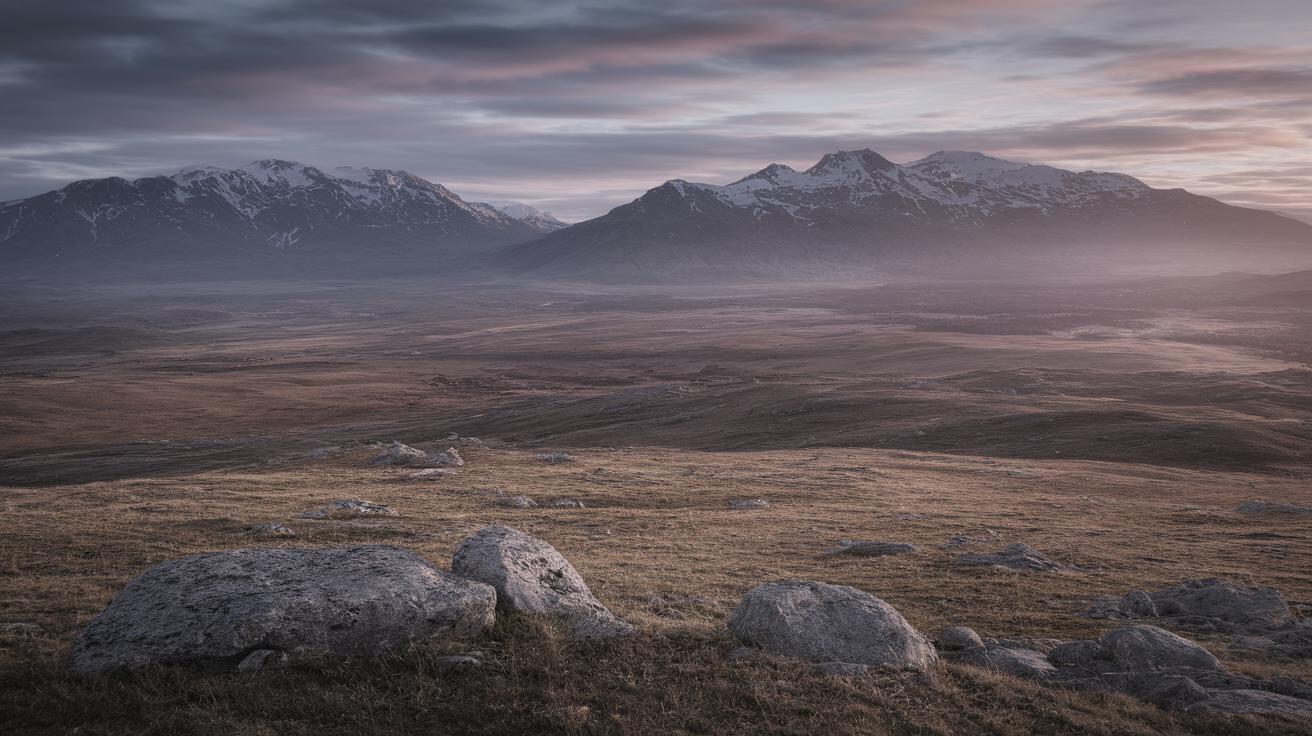How Does ISO Influence Image Quality?
ISO is a fundamental concept for any photographer aiming to master their camera’s potential. While it may not be as frequently discussed as shutter speed or aperture, ISO plays a critical role in determining the brightness and quality of your photographs. Understanding ISO helps in minimizing noise and maximizing the image quality, which is particularly important in varying lighting conditions. This blog post dives into the nature of ISO, clarifying what it is and why it matters in photography. You’ll also gain insights into when to use different ISO settings, how to adjust your ISO, and common myths around it. By the end, you will have a comprehensive understanding of ISO settings and how they can be optimized for superior image quality.
A Quick Introduction To ISO
ISO stands as a pillar of photography, an integral part of a triad with exposure and aperture, nurturing the essentials of image creation. Originally, ISO was an indication of how sensitive a roll of film was to light. In contemporary digital photography, it continues to gauge sensitivity but does so through the camera’s sensor, bridging a century of photographic development.
The term ISO refers to the International Organization for Standardization—an organization that develops and publishes international standards, which in this case, relate to the sensitivity ratings for camera sensors. Although its origin springs from film photography, understanding ISO is just as crucial in digital photography to effectively control image brightness and quality.
ISO is a Critical Camera Setting, but it is Technically Not Part of Exposure!
In photographic terms, exposure is generally dictated by three factors: aperture, shutter speed, and ISO. However, ISO is technically not part of exposure because it has no effect on the physical light reaching your camera sensor. Its role is instead to amplify the sensor’s responsiveness to the available light.
This distinction may seem nuanced, but it’s important to understand that while a higher ISO can brighten an image, it also has the potential to introduce noise or grain, which can degrade image quality. Grasping this subtlety empowers photographers to manipulate ISO advantageously, balancing between necessary light-amplification and maintaining desired image quality.
What is ISO?
What is the Meaning of ISO?
ISO, derived from the Greek word “isos” meaning equal, is an apt analogy for its function in photography: balancing the light captured by the camera sensor. ISO values—standardized across all cameras—adjust the sensor’s sensitivity, optimizing the final image’s exposure when physical light control is limited or unobtainable.
By managing ISO effectively, photographers can produce adequately illuminated photos across a breadth of lighting scenarios without compromising too much on noise. Effectively, ISO becomes a digital augment to natural light, opening creative avenues for photographers in less-than-ideal lighting conditions.
Common ISO Values
Typical ISO values double incrementally, beginning at ISO 100 and commonly extending to ISO 6400 or even higher on some advanced cameras. These values signify the camera’s amplification of perceived light; ISO 100 is the baseline, giving the least amplification, whereas ISO 6400 dramatically increases sensitivity.
The choice of ISO value depends on multiple factors like ambient light presence, the requirement for fast shutter speeds, and the necessity to maintain acceptable depth of field through aperture adjustments. Understanding when and how to use these values is an essential skill in a photographer’s toolkit.
What is Base ISO?
Base ISO refers to the lowest ISO setting on the camera, typically ISO 100 on most devices. This setting is crucial because it provides the best image quality possible without the increase in noise that accompanies higher ISO levels. Using base ISO results in images with the highest dynamic range and richest color depth.
Photographers often gravitate toward base ISO in well-lit environments, to minimize noise and maximize sharpness and detail. Knowing your camera’s base ISO helps in leveraging high-quality photos especially in controlled lighting where increased sensitivity is unnecessary.
Low vs High ISO Noise Visibility
Noise is more than just a characteristic of high ISO settings; it impacts the overall quality of an image, manifesting as random variations in brightness or color. In high ISO settings, the sensor amplifies not only the desired light signals but also the underlying electronic noise, making imperfections more visible.
Conversely, low ISO settings, due to the reduced sensitivity and amplification, keep noise at bay, preserving the integrity of a photograph’s sharpness and detail. The challenge lies in maintaining low ISO while still capturing enough light, which is where proper exposure management through other settings becomes critical.
How to Change ISO
Most digital cameras allow easy access for adjusting the ISO setting, typically through a menu or a physical button labeled ISO. Advanced models provide quick adjustments via control wheels or touchscreen interfaces, allowing swift ISO changes amidst shooting.
Familiarity with your camera’s ISO adjustment method ensures you are prepared to adapt to fluctuating light conditions. Spending time learning these controls can substantially reduce time lost on adjustments, allowing for seamless photography experiences.
What Camera ISO Should You Use?
When to Use Low ISO
Low ISO settings are ideal for brightly lit scenes, such as outdoor photography under sunlight or in studio environments with controlled lighting. In these scenarios, keeping ISO low minimizes noise, enabling you to capture images with fine details and vibrant color fidelity.
Shooting with low ISO also allows for creative control over shutter speed and aperture, fostering artistic expressions like long-exposure photography or achieving maximal depth of field, without worrying about increasing noise levels.
When to Use High ISO
High ISO values become beneficial in low-light conditions where light sources are scarce. They enable you to maintain faster shutter speeds to avoid motion blur, crucial for capturing sharp images during night photography or indoor events.
While higher ISO increases noise, it often provides better results than underexposing an image. Modern cameras are equipped with sophisticated noise reduction algorithms that help mitigate noise effectively, serving to improve image quality even at elevated ISO settings.
Minimizing Noise and Maximizing Image Quality
Balancing ISO with aperture and shutter speed is the linchpin for reducing noise without sacrificing exposure quality. Prioritize shooting with the lowest possible ISO that still achieves the desired exposure to minimize potential grain.
Post-processing software offers additional tools to further reduce noise. Leveraging such software judiciously can enhance image clarity, preserving details and colors. However, proficiency in camera settings remains paramount for minimizing reliance on post-production corrections.
Common ISO Myths and Misconceptions
One prevalent misconception is that higher ISO always results in poorer quality images. While increased noise is a factor, modern technology has significantly improved high ISO performance, making them viable options under challenging lighting conditions.
Another myth suggests that ISO settings vary significantly across brands. In reality, ISO is an industry standard derived from film practices, ensuring consistency across devices. This standardization provides photographers with predictable outcomes, fostering ease of transition between different camera brands.
Download as an eBook
For those wishing to explore this content offline, an eBook download is available, providing a convenient format for reference or sharing with peers. This resource consolidates comprehensive insights into ISO, aiding photographers in enhancing their technical understanding and practical application in photography.
Lessons Learned
| Section | Key Points |
|---|---|
| A Quick Introduction To ISO | Introduction to ISO in photography and its foundational role alongside exposure and aperture. |
| ISO is a Critical Camera Setting, but it is Technically Not Part of Exposure! | Understanding ISO’s separate role from exposure in managing light sensitivity. |
| What is ISO? | ISO levels impact sensor sensitivity and enhance light in photographs. |
| Common ISO Values | Understanding standard ISO increments and their application. |
| What is Base ISO? | Base ISO provides optimal image quality with the least noise. |
| Low vs High ISO Noise Visibility | Analysis of how different ISO settings affect noise and image clarity. |
| How to Change ISO | Guidelines for adjusting ISO settings on various cameras. |
| What Camera ISO Should You Use? | Guidance on selecting ISO settings based on lighting conditions. |
| Minimizing Noise and Maximizing Image Quality | Techniques for balancing ISO to optimize image quality. |
| Common ISO Myths and Misconceptions | Debunking misconceptions surrounding ISO usage and performance. |


